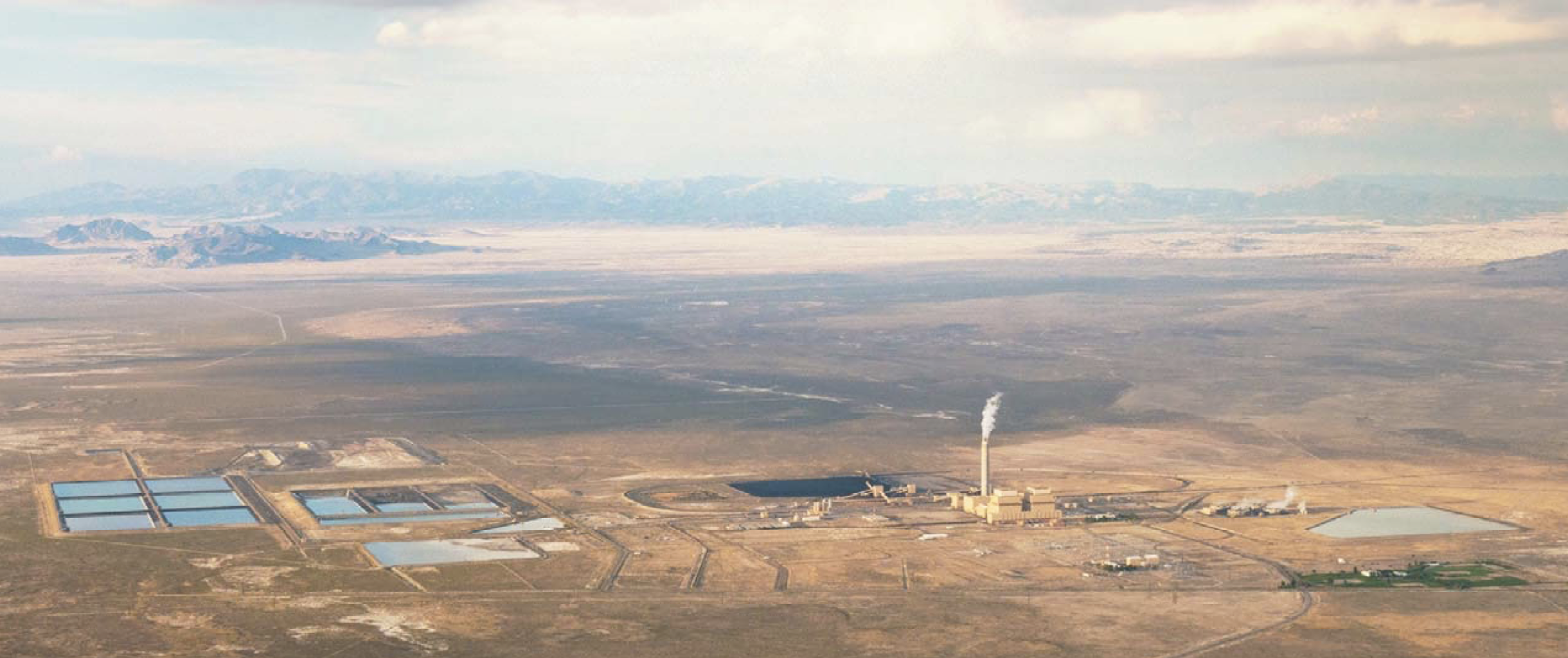Western Energy Hub Poised for Pivotal Role Supplying California Markets with Green Energy

February 3, 2020 - Renewable energy infrastructure now under development at the Western Energy Hub, in Millard County, Utah, can be integral in helping Los Angeles and California achieve their goals of 100% zero-carbon electricity, according to a white paper published by the Advanced Power and Energy Program (APEP) at the University of California, Irvine. The paper builds on over a decade of research at APEP regarding the role of renewable hydrogen and related solutions as key enablers of a future economy served by 100% renewable and zero-carbon electricity. The paper is available at: APEP Western Energy Hub White Paper
As detailed in the paper, “Integrating Clean Energy Technologies with Existing Infrastructure,” the Western Energy Hub, near Delta, Utah, sits atop the only known utility-scale “Gulf Coast”-style salt dome in the western U.S., capable of storing gases, including hydrogen and compressed air, that can be drawn upon efficiently and economically to meet variable power requirements. For example, power from renewable sources can be stored as hydrogen and later returned to the grid as electricity in a variety of ways, including as a carbon-free fuel for combined-cycle turbines such as those that will be installed at the adjacent Intermountain Power Project for startup in 2025.
“A key challenge to heavy reliance on solar and wind power is that, absent any enabling technologies, these resources cannot be ramped up and down on demand to match load.,” says Dr. Jeffrey Reed, Chief Scientist, Renewable Fuels and Energy Storage, at APEP and a lead author on the paper. “Geological gas storage of the magnitude available at the Western Energy Hub is the only technically proven solution for addressing the daily and seasonal imbalances associated with intermittent renewable energy resources. Without such resources, maintaining a reliable supply of renewable power across days and seasons will not be possible.”
According to Reed, electricity from renewable sources can be used to power electrolyzers, which split water into oxygen and create hydrogen, the latter a carbon-free fuel that can be stored over long periods of time without loss of energy. Compressed air energy storage (CAES) is a powerful adjunct to bulk storage of hydrogen, whereby renewable energy can be used to compress air at high pressure to store power in the same salt formations at the Western Energy Hub as will be used to store hydrogen.
Beyond its distinct geological attributes, the Western Energy Hub sits in a geographically strategic location, proximate to considerable, and growing, Wyoming wind power resources and directly upstream from Los Angeles, to which it is connected via a 2,400-MW, 500-kV direct-current transmission line. The Western Energy Hub is thus well positioned to facilitate California’s planned move to carbon-free electricity sourcing over the next quarter century. Additionally, its adjacency to electric transmission, natural gas pipelines and highway routes positions it as a hub for moving green hydrogen to regional decarbonizing markets.
Co-author Professor Jack Brouwer added that “The Western Energy Hub’s unique mix of clean power generation and energy storage resources will be foundational to western U.S. markets’ transition to green energy.”
- William Gary / UCI
